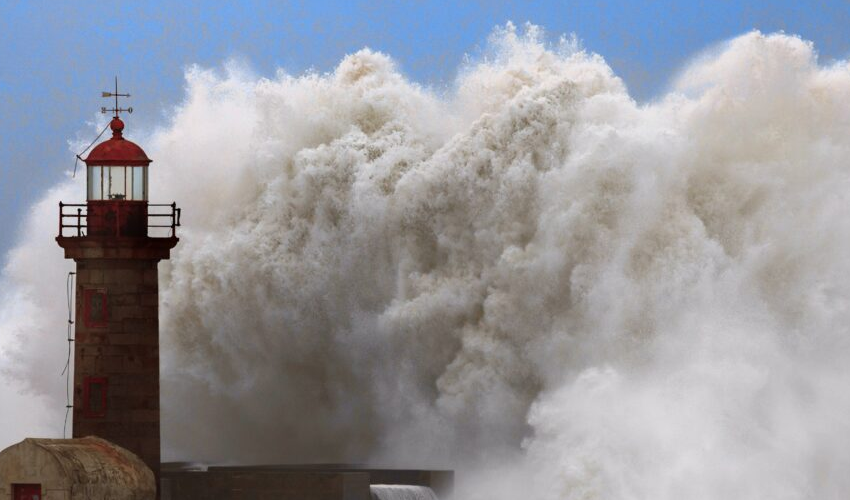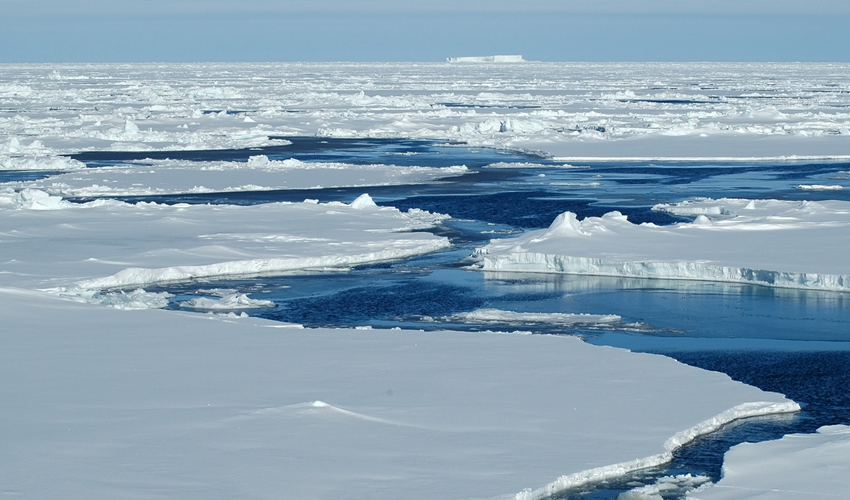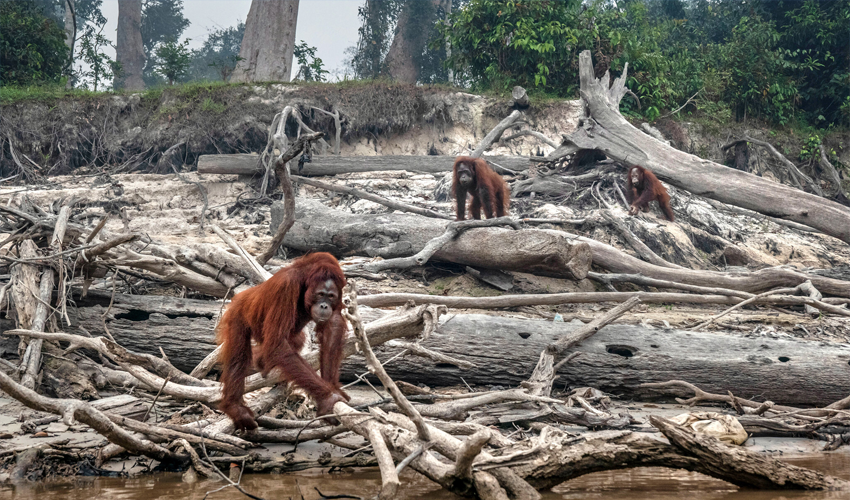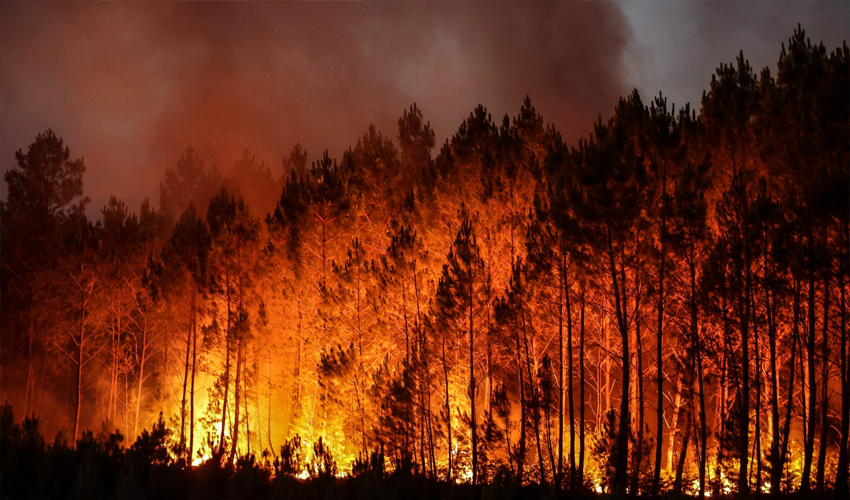2023 has been a year of reckoning, with a series of alarming climate events that serve as undeniable signs of a global climate emergency.
Here, we break down the five critical indicators that highlight the urgency of addressing climate change:
Record-breaking heatwaves
The summer of 2023 has been declared the hottest ever recorded. From June to August, global temperatures averaged 16.77 degrees Celsius, surpassing the 1.5-degree Celsius threshold set in the Paris Climate Agreement. July saw a historic milestone when the global average daily temperature exceeded 17 degrees Celsius for the first time.

With El Niño conditions looming, 2023 is on track to become the warmest year in history, inching closer to the irreversible 1.5-degree Celsius warming limit.
Accelerated sea-level rise
The melting ice sheets and warming oceans have led to sea levels rising faster than ever before. Over the past 140 years, global sea levels have risen by 21 to 24 centimeters, with a significant portion of that increase occurring since 1992.

If global warming is limited to 1.5 degrees Celsius, sea levels are projected to rise by 2 to 3 meters over the next 2,000 years. Even under a 2-degree Celsius scenario, sea levels could surge to 2 to 6 meters above current levels, posing grave threats to coastal communities.
Antarctic sea ice decline
Antarctic sea ice extent hit a new record low in 2023, with July levels averaging 13.5 million square kilometers, the lowest since satellite records began in 1978. August continued the trend with sea ice cover dropping 12% below average.

This dramatic decline not only signifies rising ocean temperatures but also disrupts ocean circulation, which can have far-reaching consequences for global climate systems.
Biodiversity crisis
The world is witnessing a staggering decline in wildlife populations, with an average reduction of 69% between 1970 and 2018. Climate change plays a significant role in this decline, making it the third most prominent driver of biodiversity loss after changes in land and sea use and resource overexploitation.

Even a 2-degree Celsius warming scenario puts 5% of animal and plant species at risk of extinction, with coral reefs facing the dire prospect of a 99% reduction in cover at 2 degrees Celsius of warming.
Increasing extreme weather events
Extreme weather events, including floods, heavy rain, heatwaves, droughts, and wildfires, are on the rise. Since 1980, floods and heavy rains have quadrupled, while extreme temperatures, droughts, and wildfires have more than doubled since 2004. Climate scientists are increasingly attributing these events to human-induced climate change, with a staggering 71% of extreme weather events studied in the past 20 years being influenced by human activities.

The evidence is overwhelming: 2023 has unequivocally demonstrated that the world is in the midst of a climate emergency. Urgent and concerted efforts are required to mitigate the impacts of climate change and secure a sustainable future for our planet. Failure to act decisively now could have dire consequences for generations to co



























